Trainers for Cerebral Palsy
Move more steadily and comfortably. Cadense trainers for Cerebral Palsy pair patented Variable Friction Technology — glide during toe drag, grip at push-off — with lightweight cushioning and supportive geometry to encourage smoother steps and everyday stability.
Why Choose Cadense Trainers for Cerebral Palsy?
-
Glide-then-grip sole promotes balance and reduces stumbles.
-
Lightweight design helps ease fatigue.
-
Supportive sole geometry aids ankle stability.
-
Wide toe box accommodates swelling and relaxed toe splay.
- Adaptive, easy-on fit lets you fine-tune comfort.
Key Benefits
-
Smoother steps with less toe catching.
-
Reliable traction on everyday surfaces.
-
Cushioned support for walking and standing.
Who It’s For
People with Cerebral Palsy seeking supportive, adaptive footwear that makes daily movement feel steadier and more comfortable.
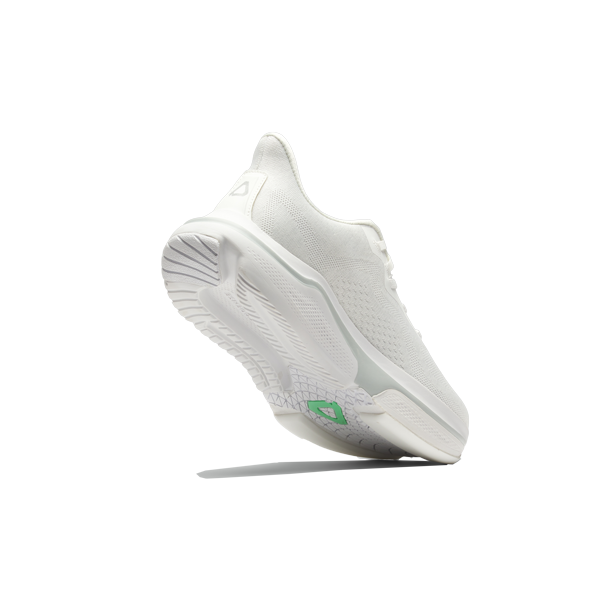
Sort by
9 products
Filters
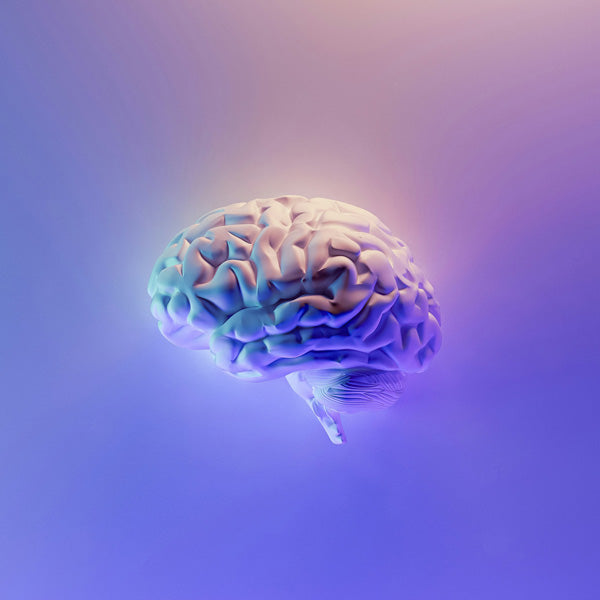
What is Cerebral Palsy?
Cerebral palsy is an umbrella term that encompasses multiple movement disorders. It affects around 1 in 345 children in the UK/US estimates vary.
The word “cerebral” in the name refers to the origin of these disorders being in the brain, while “palsy” describes their nature as muscle problems.
Although CP is lifelong, it is not progressive. The condition can be mild, moderate or severe. It can be managed and improved in many cases through appropriate treatment.

Symptoms of Cerebral Palsy
The symptoms of cerebral palsy can vary from person to person, as well as over the course of a lifetime. There are several specific subtypes, including spastic cerebral palsy, dyskinetic cerebral palsy, ataxic cerebral palsy, and mixed cerebral palsy. The symptoms of cerebral palsy can affect walking, movement and posture.
Inhibited Movements
Mayo Clinic explains how cerebral palsy can affect movements in a range of different ways. People with CP may have a difficult time coordinating their muscles, controlling their movements, or maintaining a natural gait. Muscle spasms and stiffness also characterise CP.
Trouble Speaking
Many children with cerebral palsy experience difficulties with speech. CP can also be accompanied by challenges with chewing and swallowing.
Delays in Motor Skills
Mayo Clinic describes how children with CP may take longer to develop their motor skills. A child with CP may not learn how to sit upright or crawl as soon as other children without CP.
Seizures
An estimated 15–55% of children and adults with CP also have comorbid epilepsy. This associated condition can cause seizures.
Mental Health Conditions Patients with CP are more likely than the general population to have co-occurring mental health conditions. Some of these conditions may include anxiety disorders, mood affective disorders, personality disorders, schizophrenic disorders or drug-related disorders.
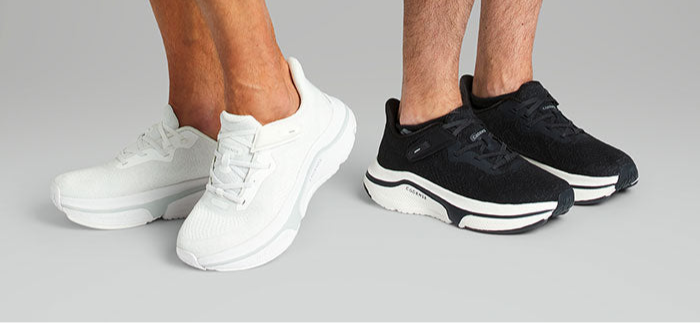
Explore Cadense Trainers for Cerebral Palsy
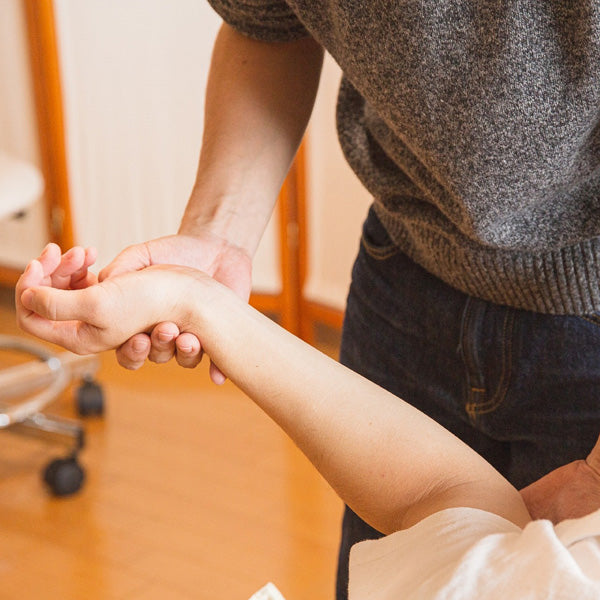
Causes of Cerebral Palsy
Cerebral palsy is caused by damage to the developing brain. This damage can have a number of possible causes.
Stroke
The National Institute of Neurological Disorders and Stroke explains that if the mother’s blood pressure is high while pregnant, the risk for a stroke in the developing foetus increases. If a stroke occurs, it can cause brain damage that leads to cerebral palsy.
Maternal Infections
According to the National Institute of Neurological Disorders and Stroke, if the mother is infected with a pathogen during pregnancy, the inflammation caused by that infection can lead to foetal neurological damage that can produce CP. Examples of infections that may induce CP include rubella, Zika virus, toxoplasmosis, herpes and cytomegalovirus.
Traumatic Head Injuries
When a child develops CP due to a traumatic head injury, it is referred to as “acquired” CP. The National Institute of Neurological Disorders and Stroke says that employing safety measures such as suitable car seats can help to reduce the chances of a young child receiving such an injury.
Genetic Changes The development of the foetal brain is governed by genes. If those genes mutate, that can throw brain development off course, which may lead to cerebral palsy.
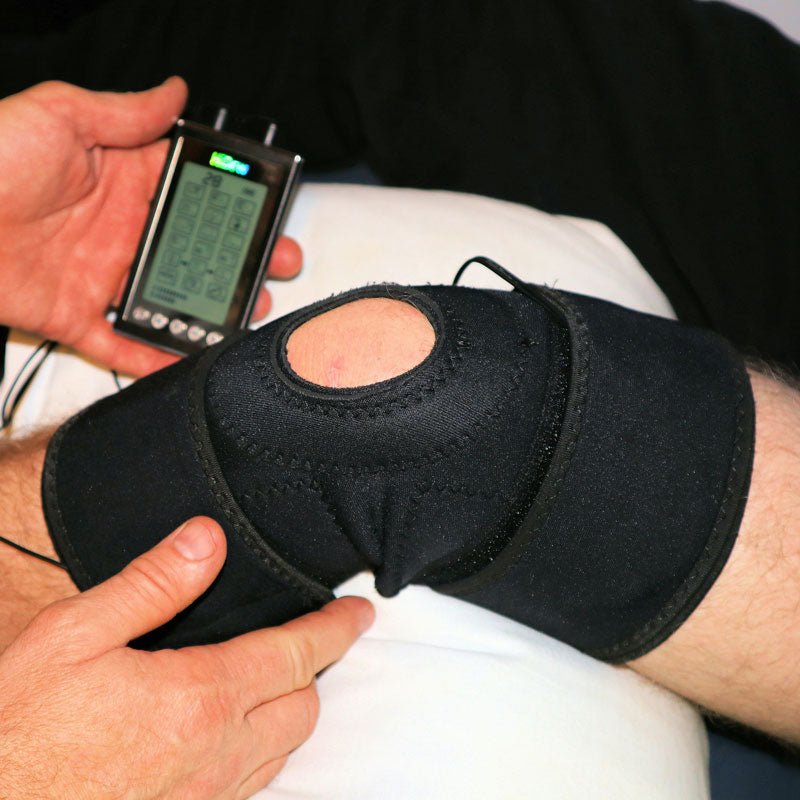
Treatments for Cerebral Palsy
While it is not possible to cure cerebral palsy, you can work with your doctor to come up with an appropriate treatment plan to help you manage your symptoms.
Medicines
The muscle tightness that can accompany CP can be treated with muscle or nerve injections, or oral muscle relaxants. Doctors may also prescribe injections that help to reduce drooling.
Surgeries
Sometimes as children with cerebral palsy are growing, they experience a shortening of their muscles or tendons that is called “contractures.” A surgeon can restore correct limb and spine placement by lengthening the shortened tissue. Another type of surgery that is sometimes used to treat cerebral palsy is selective dorsal rhizotomy. This is a procedure in which a surgeon cuts certain nerve fibres to help combat painful spasms that are not being helped through more conservative treatments. Numbness can result, however.
Occupational Therapy
The focus of occupational therapy for patients with cerebral palsy is to help restore and maintain independence at home, at school and at work.
Physiotherapy
Patients with CP may also benefit from physiotherapy, which is aimed at restoring and maintaining natural movements. According to a systematic review in Cureus, physiotherapy interventions such as resistance exercises, stretching, and cycling can lead to improvements in cardiovascular endurance, coordination, balance and gait.
Rehabilitation
“Rehabilitation” refers to an umbrella of treatments, including physiotherapy, speech therapy, recreational therapy and occupational therapy. It also incorporates the use of braces and assistive devices. A rehabilitation specialist can help you come up with a plan for the most effective combination of treatments.
Curious about the Best Trainers for Cerebral Palsy?
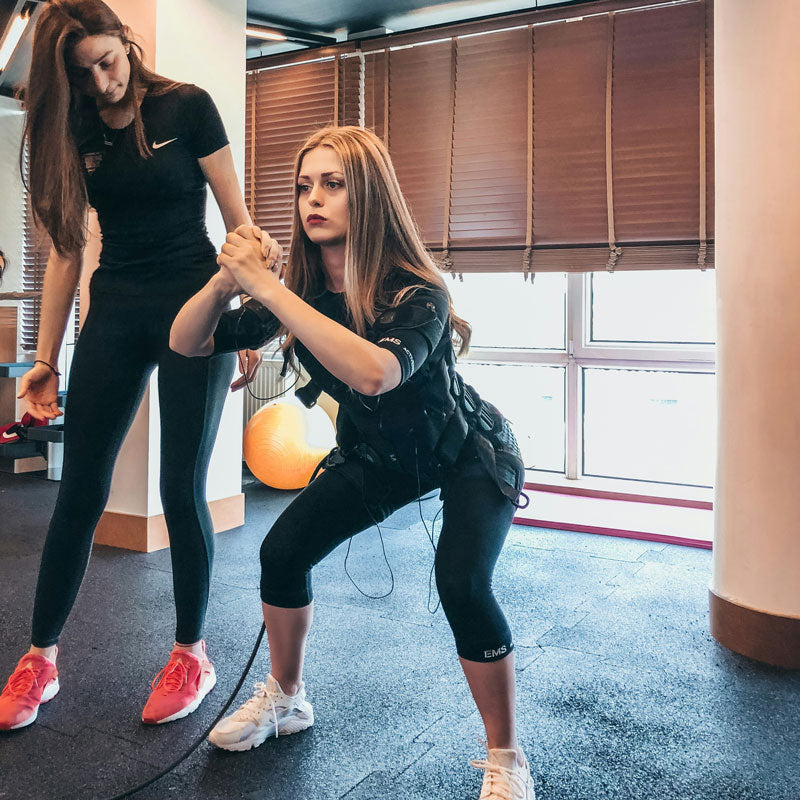
Exercises for Cerebral Palsy
Author Kylie Urban at the University of Michigan quotes Mark Peterson, PhD, assistant professor of physical medicine and rehabilitation at the University of Michigan, as explaining that exercise can help people with CP to increase quality of life and mobility while decreasing risk for other diseases.
Following are some exercises that can help people with cerebral palsy to maximise their physical and psychological wellbeing.
Calf Strength
A simple exercise to increase calf strength is calf raises.
- Stand upright with both feet planted flat on the floor.
- Gradually rise up on your tiptoes.
- Gradually lower yourself back down.
- Do as many reps as are comfortable for you.
Joint Rotations
Practise rotating each of your joints in both directions, one at a time. Be careful when doing joint rotations not to over-extend and dislodge a joint out of ideal alignment.
Hamstring Stretch
- Sit on the floor with both legs pointed out in front of you.
- Lean forward, reaching toward your toes, until you feel a mild but not painful stretch.
- Hold for a few seconds, and then release.
- Repeat as desired.
Dancing
Dancing is a great way to get a cardiovascular workout while also increasing balance, strength and muscle awareness. There are numerous styles of dance you can choose from.
Resistance Band Training
A resistance band is a tool that can help you do strength training in the comfort of your own home. There are a variety of exercises that can incorporate its use.
Water Exercises The resistance provided by the water can make aquatic exercises a great option for a workout with cerebral palsy. You also do not have to worry about maintaining balance in the water, plus it may be gentler on your joints than high-impact exercises.
FAQs
Frequently Asked Questions about Cerebral Palsy
Is cerebral palsy a progressive condition?
No, cerebral palsy is not a progressive condition. It may change in how it presents over the course of a lifetime, but it will not get worse.
How does cerebral palsy affect daily life?
A person with cerebral palsy may have difficulties with everyday tasks such as walking, speaking, eating, and controlling other movements.
The same damage to the brain that caused CP might also have caused other neurological issues as well. Patients with CP sometimes also experience hearing and vision changes, changes in sensation, mental health conditions, seizures, or issues affecting the digestive system or bladder.
Can people with cerebral palsy live a full and active life?
Except in severe cases, most people with cerebral palsy can be expected to lead full, active lives with the right treatment and support.
How is cerebral palsy diagnosed?
A process of developmental monitoring and screening during childhood is used to diagnose cerebral palsy. Children may also undergo medical evaluations.
If doctors suspect CP, they may order further tests to see if they can identify the root cause. Examples include genetic tests, brain imaging tests, and metabolic tests.
Can cerebral palsy be prevented?
Some types of cerebral palsy cannot be prevented, such as those that stem from genetic factors. But you can prevent certain types of cerebral palsy. For example, using a car seat can help prevent a traumatic brain injury in a growing child, which is one potential cause of CP. There are also safety precautions that can be observed during pregnancy to reduce the chances of CP.
Tips for a safe pregnancy
Mayo Clinic recommends that before becoming pregnant, prospective mothers vaccinate themselves against the infections that can lead to CP. While pregnant, do not use tobacco, alcohol, or other drugs. Take good care of your overall health, and follow your doctor’s recommendations for prenatal care.
What treatments are available for cerebral palsy?
A variety of treatment options exist for cerebral palsy, including medications, physical and occupational therapy, speech and language therapy, recreational therapy, and surgical procedures. Treatments may also be required for any co-occurring conditions.
Medical Disclaimer: This website is not intended for the purpose of providing medical advice. This website’s information, content, and material are for informational purposes only and are not intended to serve as a substitute for the consultation, diagnosis, and/or medical treatment of a qualified physician or healthcare provider. Cadense Inc. may not be held liable for any damages whether incidental, ordinary or consequential. Cadense does not make any guarantee of any particular end result. Cadense makes no claims or guarantees of payment/reimbursement by any insurance companies. Cadense adaptive shoes are intended to provide greater mobility to those with walking difficulties.

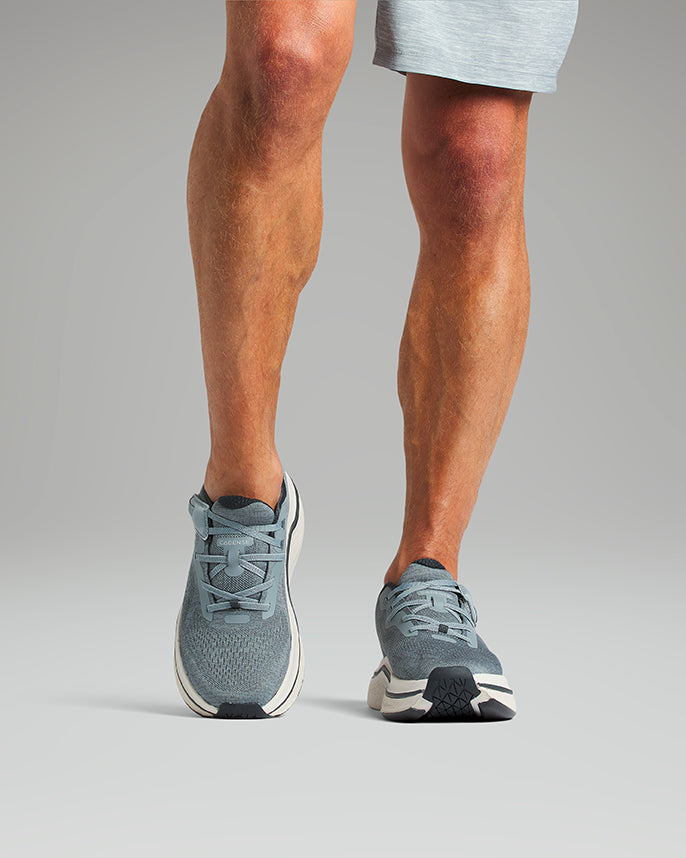
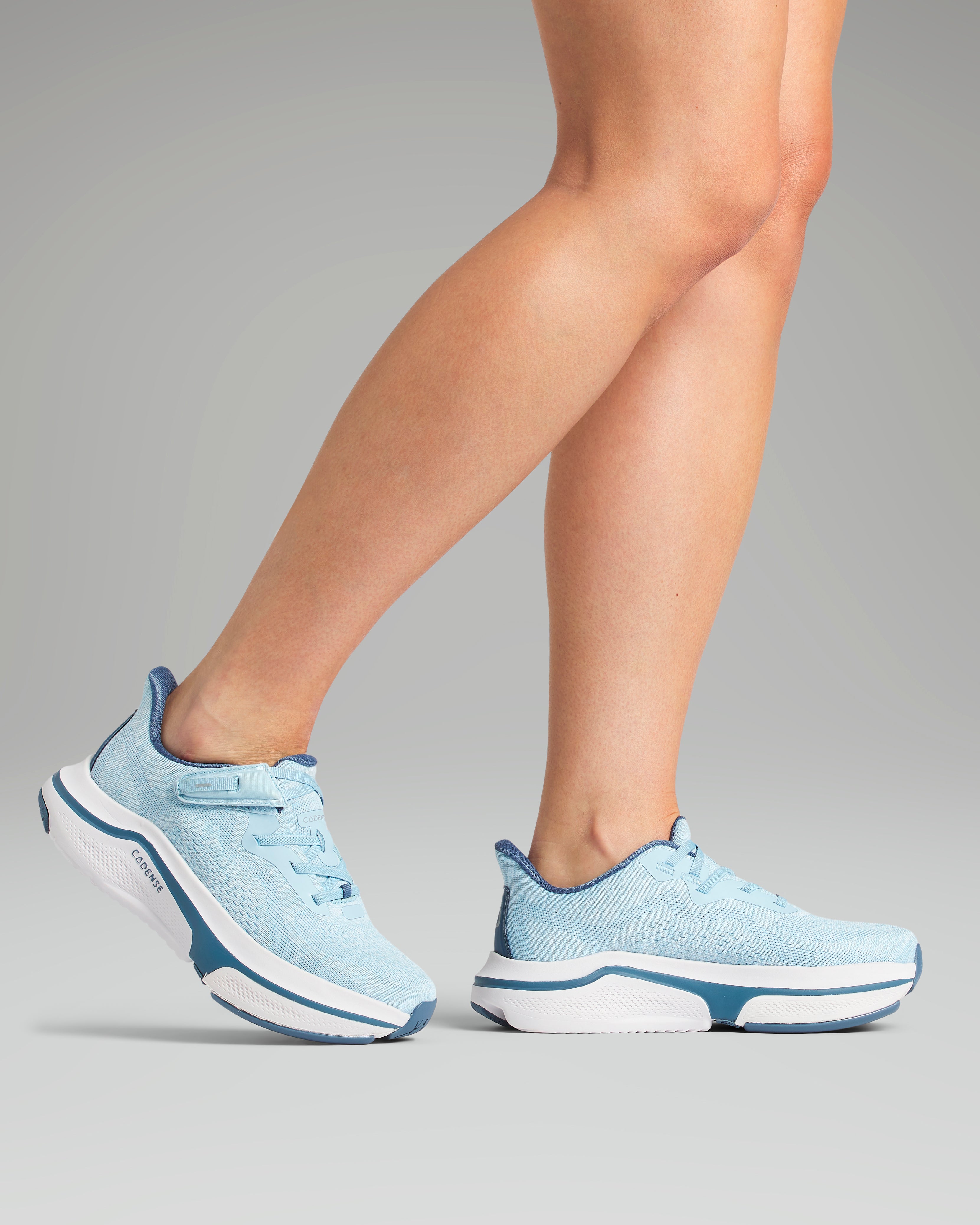

![[color: black] Original Women's Adaptive Shoe](http://cadense.co.uk/cdn/shop/files/Womens-BLK-T1-LG.jpg?v=1765556963&width=800)
![[color: black] Original Men's Adaptive Shoe](http://cadense.co.uk/cdn/shop/files/Mens-BLK-T1-LG.jpg?v=1765557830&width=800)
![[color: light blue] Original Women's Adaptive Shoe](http://cadense.co.uk/cdn/shop/files/Womens-BLU-T1-LG.jpg?v=1765557194&width=800)
![[color: all black] Original Men's Adaptive Shoe](http://cadense.co.uk/cdn/shop/files/Mens-ABK-T1-LG.jpg?v=1765557575&width=800)
![[color: white] Original Women's Adaptive Shoe](http://cadense.co.uk/cdn/shop/files/Womens-WHT-T1-LG.jpg?v=1765557438&width=800)
![[color: slate] Original Men's Adaptive Shoe](http://cadense.co.uk/cdn/shop/files/Mens-SLT-T1-LG.jpg?v=1765558368&width=800)
![[color: all black] Original Women's Adaptive Shoe](http://cadense.co.uk/cdn/shop/files/Womens-ABK-T1-LG.jpg?v=1765556547&width=800)
